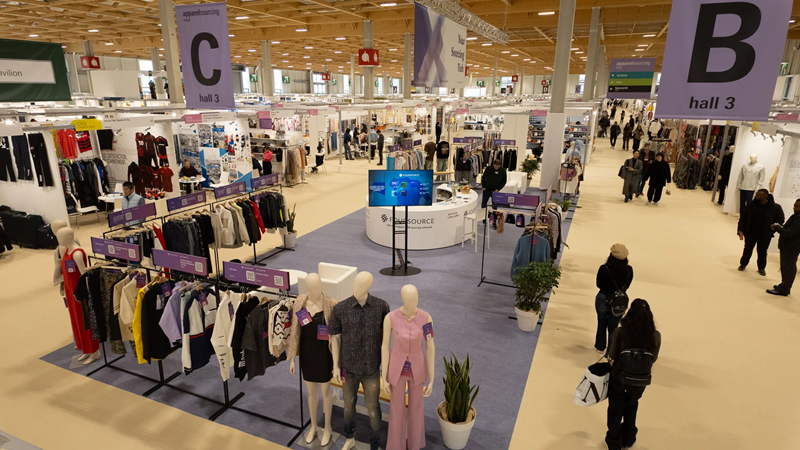Manufacturers are turning to technology solutions such as the internet of things, 3D printing, robotics, data analysis and cloud computing as they onshore or nearshore production, with the end goal of creating more flexibility across their supply chains. These technologies will help companies to cut losses and inefficiencies that result from counterfeiting and parallel trade, adapt to shifts in demand or conditions and, produce more sustainably by improving reuse, resale and recycling rates for products and their components.
 The coronavirus crisis has exposed a shocking lack of resilience across global supply chains as producers of critically needed healthcare equipment and personal protective garments to CPGs and apparel have been unable to respond quickly and adequately to the disruption caused by the global pandemic. The pandemic has also made brands realize their dependence on components besides exposing their inability to identify inventories of urgently needed emergency goods.
The coronavirus crisis has exposed a shocking lack of resilience across global supply chains as producers of critically needed healthcare equipment and personal protective garments to CPGs and apparel have been unable to respond quickly and adequately to the disruption caused by the global pandemic. The pandemic has also made brands realize their dependence on components besides exposing their inability to identify inventories of urgently needed emergency goods.
Lack of visibility makes brands vulnerable
Even manufacturers with detailed digital maps of their supply chains down to the lowest tiers were unable to procure needed components and ingredients. Others scrambled to create one in the midst of the outbreak. Without complete visibility into all tiers of their supply chains, companies have not been able to move with agility and speed if something goes wrong in a particular region
Manufacturers turn to digitization
The crisis is compelling many companies to turn to digitization to help them move more of their production closer to home, or to geographically diversify their supply chains to a greater degree, in order to mitigate geopolitical, climate, pandemic and other risks.
their supply chains to a greater degree, in order to mitigate geopolitical, climate, pandemic and other risks.
Manufacturers are turning to technology solutions such as the internet of things, 3D printing, robotics, data analysis and cloud computing as they onshore or nearshore production, with the end goal of creating more flexibility across their supply chains. These technologies will help companies to cut losses and inefficiencies that result from counterfeiting and parallel trade, adapt to shifts in demand or conditions and, produce more sustainably by improving reuse, resale and recycling rates for products and their components.
However, it is still not easy to build elasticity and agility into somewhat opaque global supply chains. For example, if a CPG maker doesn’t have complete visibility into the lower tiers of its supply chain, may be caught flat-footed when it finds, that during a crisis, it can’t get the raw materials it needs to make its end products from the countries where those materials are made.
Upscaling e-commerce to meet growing demand
Another important factor that highlights the need for a globally connected supply chain is the shift of more purchases to the e-commerce channel. With all but essential retail stores closed for safety in most areas, consumers have rapidly shifted to online shopping. McKinsey has suggested that consumer goods e-commerce transactions would see a 700 per cent increase during the crisis.
By some estimates, by the time the pandemic is over, e-commerce will account for at least 200 per cent of the proportion of purchases it accounted for pre-pandemic. To meet increased demand for e-commerce, companies will have to bring more sections of their supply chains closer to their end customers. They’ll have to invest in factories, warehouses, digital technologies and last-mile logistics in order to build in more supply chain resiliency and agility.
Focus on digitization and regionalization
To achieve a globally connected supply chain, stakeholders will have to cooperate and communicate. Manufacturers, shipping providers, port operators, trucking companies, distributors, retailers and recyclers will need to work closely with one another, as well as with technology providers and government regulators, to ensure they don’t get caught again the next time a crisis hits. All parties will need to share previously siloed data to ensure transparency and efficiency.
Companies need to use this time to think about how digitization and regionalization can create more transparent, agile and sustainable supply chains. They will have to focus on building a global, adaptive system that networks data intelligence for every item flowing through it.












